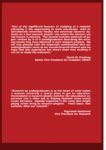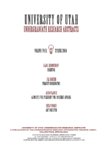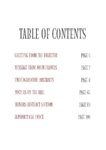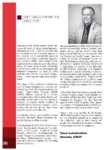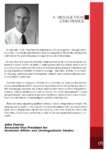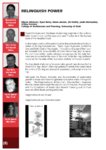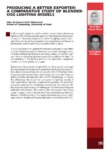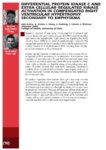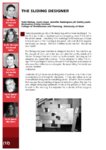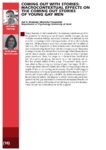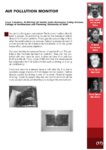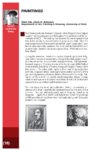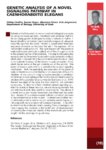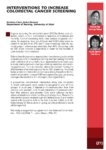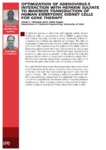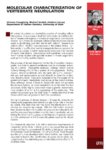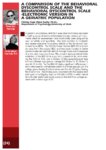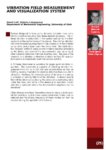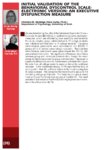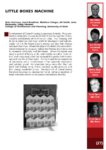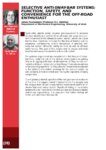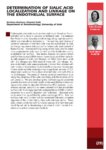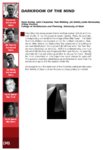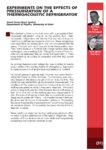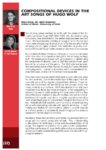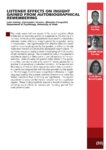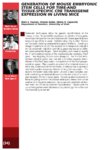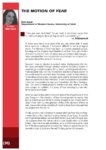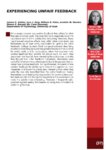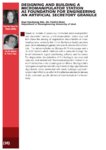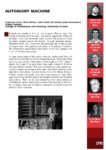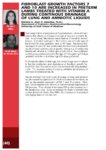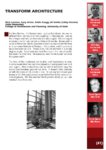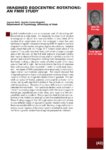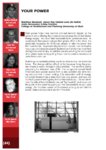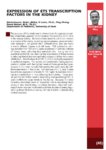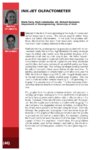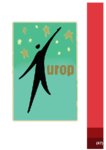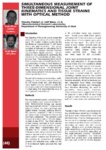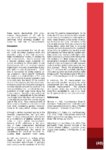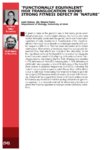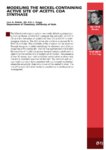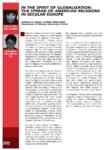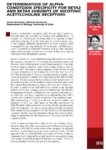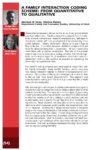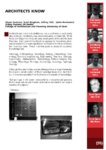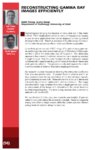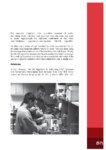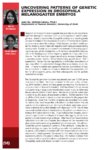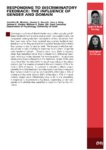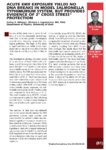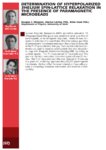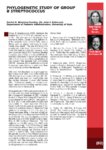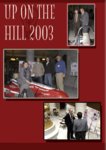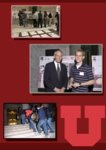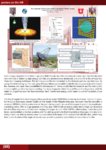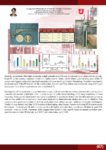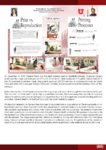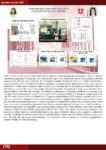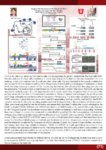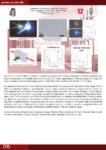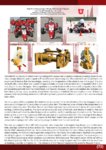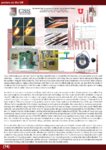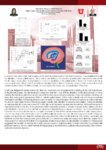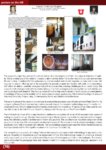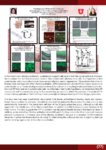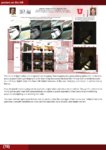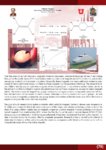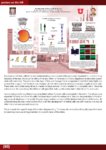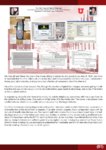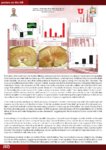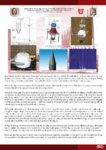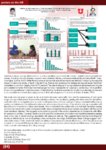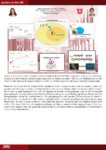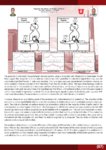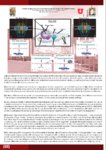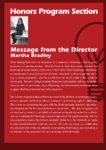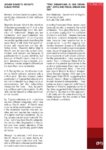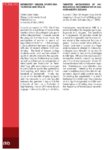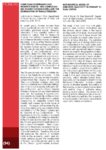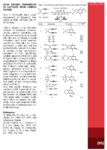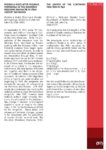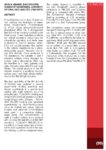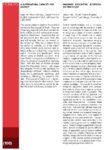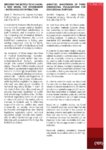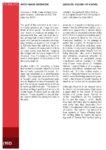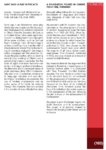| OCR Text |
Show posters on the hill Voluntary Architectural Simplicity Harmony Hofstetter and Associate Professor Julio Bermudez Graduate School of Architecture Synopsis This investigation evaluated the pedagogic tools* research merit of a three-step process to l< engage, represent, and critique VAS-Voluntary Architectural Simplicity. VAS is archilecturc the minimal. The research methodology involved following those three phases. The first one began by becoming familiar with VAS by conducting background research. The second phas to analyze the exemplar work of Swiss architect Peter Zumthor. By comparing theory (first phase) and application (second phase), this study sought to verify and understand how VAS principles become masterly embodied into a building. The third and last phase involved a deliberate and systematic study of VAS experience by means of visiting a local building. The idi here was to bring all the academic inquiry into the concrete realm of experience, the ultimati ground of architectural criticism and practice. The research was successful in testing Profess Bcrmudvz's new experiential methodology to approach architecture. This research project focused on theoretical and practical investigations of VAS -Voluntary Architectural Simplic-ity. VAS is architecture of the minimal. It seeks to eliminate the clutter that is often found in our built environment, life and culture. It realizes that the unnecessary and unneeded detract and degrade our lives and places. VAS requires a constant filtering out of the inessential to provide a quiet architecture with unity and consistency. VAS offers an ethical, aesthetic and practical path to address the pressing challenges of our world today. The research methodology involved three distinct phases. The first one began by becoming familiar with VAS by con-ducting background research. The main purpose of this first step was to discern a basic vocabulary and general knowledge of the subject to enable further exploration in actual applications. This involved looking into areas of Voluntary Simplicity, Simple Living, Contemporary World, and Minimalist Architectures. The second phase of the research project was to analyze the exemplar work of Swiss architect Peter Zumthor. By comparing theory (first phase) and application (second phase), this research methodology sought to verify and understand how VAS principles become masterly embodied into a building. Three buildings were used to con-duct this study: St. Benedict Chapel, Kunsthaus Bregenz (Art Museum), and the Thermal Baths. The third and last phase of the project involved a deliberate and systematic study of VAS experience by means of visiting two local buildings. The idea here was to bring all the academic inquiry into the concrete realm of experi-ence, the ultimate ground of architectural criticism and practice. This was the most important component of the project as it is an area little developed in architectural research. The reason is that its phenomenological nature precludes from traditional analytical methods. The two buildings experienced were the Visitor Center located on Antelope Island and the Metropolitan restaurant in downtown Salt Lake City. The research was successful in testing Professor Bermudez's new experiential methodology to approach archi-tecture. Of particular importance was the assessment of how this methodology based on conscious dialectic exchanges could be enhanced and recorded by means of contemporary electronic technologies. This investi-gation evaluated the pedagogic tools and research merit of a 3-step process to learn, engage, represent, and critique VAS. |


